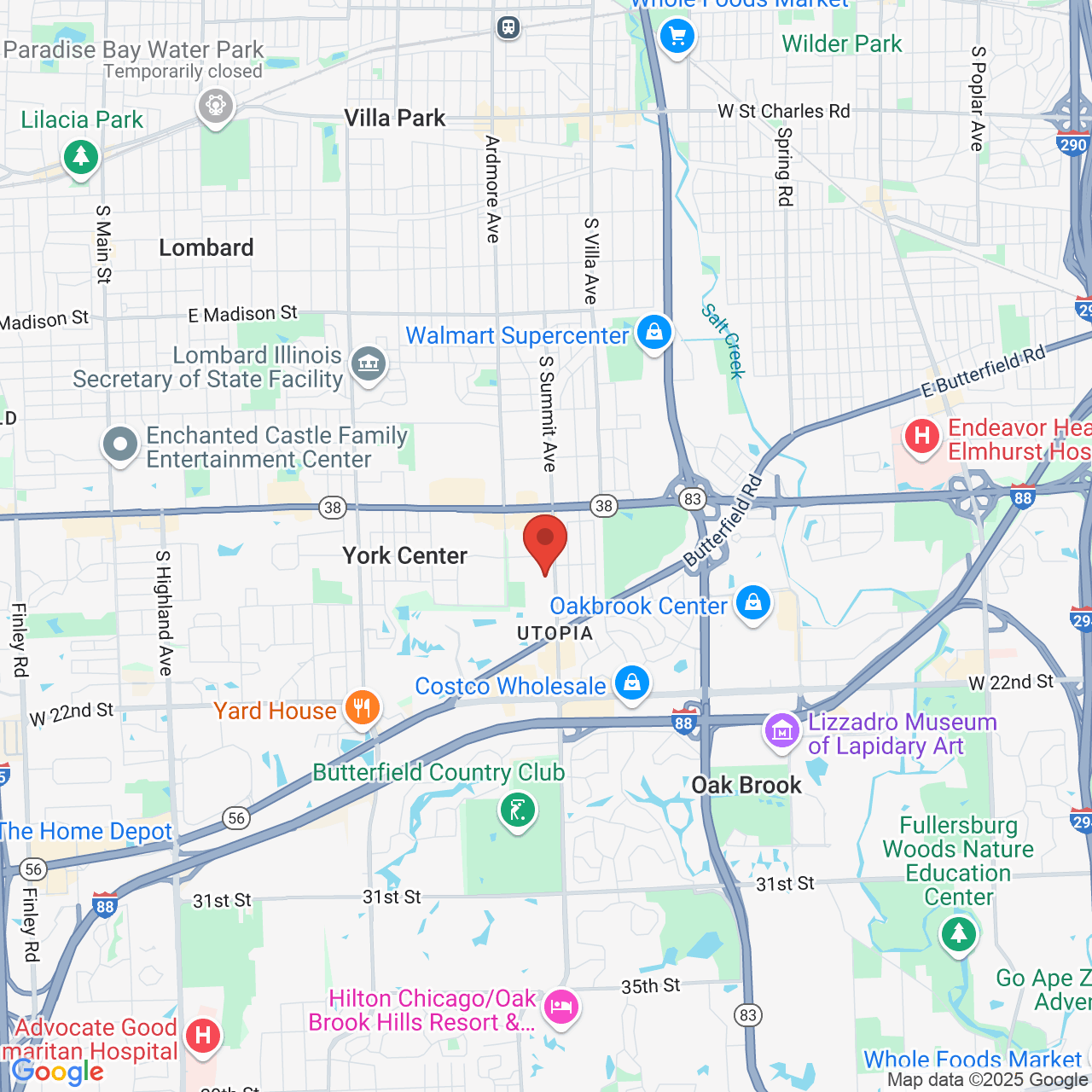Hair Transplants for Receding Temples
 Hair loss is something that many people experience as they get older. Most commonly, the first sign of hair loss is a receding hairline. Individuals may notice that the hair line gradually moves further back. Thinning or balding is especially common at the sides of the head or at the temples.
Hair loss is something that many people experience as they get older. Most commonly, the first sign of hair loss is a receding hairline. Individuals may notice that the hair line gradually moves further back. Thinning or balding is especially common at the sides of the head or at the temples.
At Chicago Hair Institute, our doctors offer surgical hair loss treatment to restore thicker, fuller hair to areas that have started to bald. We can perform hair transplant surgery to treat receding temples at our Oak Brook, IL, practice.
Donor Sites for Receding Temples
When a patient is seeking treatment for receding temples, hair transplant surgery is usually a good option. For hair transplant surgery to be a success, the patient needs to have healthy hair follicles that can be used as donors. Donor hair follicles are removed from their natural position on the scalp and transplanted to the area where hair loss has occurred.
If hair loss is significant, finding a suitable donor site may be difficult. However, when hair loss is concentrated around the temples, there are often many potential donor sites. In most cases, hair follicles will be taken from the side or back of the scalp, where hair is more resistant to male pattern baldness.
Transplant Techniques
When performing hair transplant surgery for receding temples, our Oak Brook surgeons typically use one of two techniques: donor strip harvesting or follicular unit extraction.
- Donor strip harvesting: When the strip harvesting technique is used, horizontal incisions are made along the back or side of the scalp and an entire strip of hair follicles is removed at once. Our surgeons place incisions carefully to avoid injuring hair follicles. Incisions are also closed with precision to promote healing and minimize scarring. After the strip of hair follicles has been removed, they can be transplanted to the donor site.
- Follicular unit extraction: Follicular unit extraction, or FUE, uses a series of small circular incisions to remove individual hair follicles from the donor site. All extracted follicles are closely examined to determine viability before being transplanted to the treatment site. The FUE technique results in less noticeable scarring and a shorter recovery period. This method may be ideal for patients who like to keep their hair short.
Our doctors go over each of these techniques in further detail with our patients, and help them choose the surgical method that is best suited to their unique needs and desires.
Results
Within a few weeks of hair transplant surgery, hair follicles will fall out of the treatment site. Our Oak Brook patients should understand that this is a completely normal part of the healing process. About three months after treatment, the follicles will produce new hair. At first, new hair is likely to be thin, but growth and thickness will steadily increase.
Between six months and a year after hair transplant treatment, growth should be significant. The temples will be fuller and the hair line should look naturally healthy.
Contact Us
At Chicago Hair Institute, our doctors offer surgical hair loss treatments to restore thickness and length to areas where hair loss has occurred. To learn more about our treatment options and surgical techniques, contact us at your earliest convenience, or call (630) 932-9690 to schedule an appointment.





